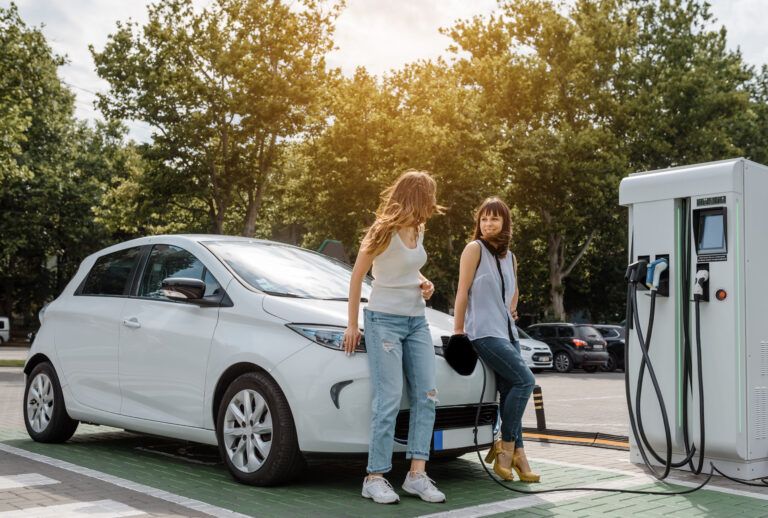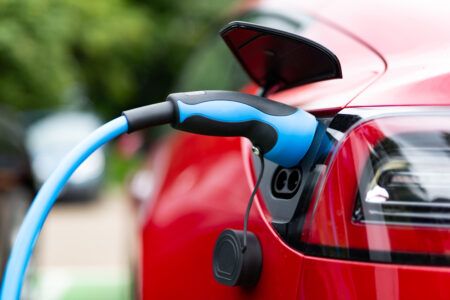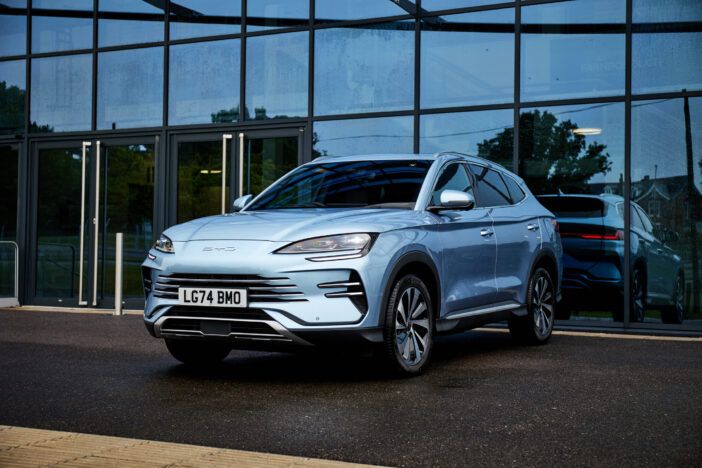People around the globe are recognizing World EV Day, a movement designed to drive the adoption of electric vehicles. Created in 2020, it celebrates e-mobility and inspires a shift towards sustainable transport. The initiative is helping drive positive change, but there are still many EV skeptics who need to be convinced to switch to electric.
Here, charging company Egg has the answers to seven of the biggest myths surrounding EV ownership.
Myth #1: EVs aren’t environmentally friendly
One of the biggest myths surrounding EVs is that they’re bad for the environment because electricity comes from coal. In fact, EVs cut greenhouse gas emissions in half, regardless of how the energy used to power them was produced.
The UK government plans to reduce carbon emissions to zero by 2050 – and that will require replacing petrol and diesel cars with electric ones. EVs can play a huge role in reducing the amount of carbon emissions, and this isn’t the only benefit they have on the environment.
EVs bring some much-needed peace and quiet to areas where noise pollution from petrol cars is high, as apart from the rolling sound of the tyres, electric cars are pretty much silent. This improves the quality of life for people living in congested urban areas and prevents habitat destruction for local wildlife, too.
Myth #2 – Electric cars are slow
Incorrect. In fact, when it comes to acceleration, EVs are much faster than petrol or diesel cars. To get technical, it’s all about having instant torque – once your foot is on the accelerator, you’re off with no delay.
The current Nissan Leaf accelerates from 0-60 in under 8 seconds, and the Audi RS e-tron GT promises 0-62mph in 3.3s with a top speed of 155mph.
Myth #3 – EVs are so expensive
It’s entirely possible to spend serious cash on an electric vehicle. But then it’s also entirely possible to spend top dollar on a fuel or diesel car, too. Just as with petrol and diesel cars, there are plenty of affordable electric car options out there. A new VW ID.3 Pure costs around £25,000, and Skoda CITIGOe iV costs around £15,000. It doesn’t have to cost the earth to help save it.
Beyond the purchase price, there are fewer running costs for electric cars. A new Nissan Leaf can cost just £5.60 to charge fully and can run for as little as 3.33p a mile. This is an area in which the savings are clear to see, compared with the current costs to fill a car at the petrol station. In addition, no tailpipe means no emissions, so EV drivers are also exempt from road tax and congestion charges.
There are hundreds of moving parts in petrol and diesel engines, meaning a lot of parts to maintain and a lot that can potentially go wrong. Electric cars have significantly fewer moving parts, so servicing and maintenance for EVs cost about a third less than a petrol or diesel car.
With its focus on reducing emissions, the financial incentives to switch to electric vehicles include government grants for certain vehicle types.
Myth #4 – There aren’t enough public charging points
Of course there could be more EV charging points around the UK, just as there could be more petrol stations in rural areas. But does that make driving an electric car difficult? Not necessarily. In fact, the UK has over 43,000 charge point connectors and counting, including over 10,000 rapid charge point connectors.
The infrastructure is growing rapidly with charging points being installed at places like supermarkets, car parks, workplaces and even in lampposts.
With electric vehicle technology improving and range capabilities increasing, drivers might spend less time at public charging stations than they might think.
Myth #5 – Electric cars don’t have enough range
Range anxiety. The fear that EVs don’t have enough range, even when fully charged, to complete their journey is a myth that crops up all the time.
In fact, the range capability of modern electric cars is actually pretty impressive. Most affordable electric cars typically offer a range between 150 and 300 miles. The Nissan Leaf, for example, currently has a range of around 235 miles.
In reality, the average UK driver is only occasionally undertaking a 300-mile round trip. The average driver in the UK travels around 30 miles each day, which is entirely practical in an EV. For motorists that do travel long distances more regularly, home chargers like those supplied by Egg make it convenient and affordable for drivers to fully charge their vehicles on a regular basis.
Myth #6 – Electric vehicles aren’t allowed through a car wash
According to a survey conducted for Go Ultra Low, 42% of the British public were unsure if you could put an EV through a car wash. Despite valuable childhood learnings that water and electricity don’t mix, there is no problem taking an electric car through a car wash rather than resorting to the bucket and sponge.
Myth #7 – Electric cars come with chargers
As handy as this would be, it isn’t the case – and not every car comes with a charging cable either. This is why home EV chargers come either with a cable attached (tethered) or as socket-only (tethered).
Charging an EV with a three-pin plug in a regular home socket is possible, but isn’t recommended. It is a handy backup option, but there is a good reason it is known as a ‘trickle charge’. It charges your EV 10 miles RPH (Range Per Hour) compared to a home charging unit that charges 15-30 RPH, also known as a ‘fast charge’ option. It is more time and energy efficient using EV chargers built solely for that purpose, rather than an everyday socket.





